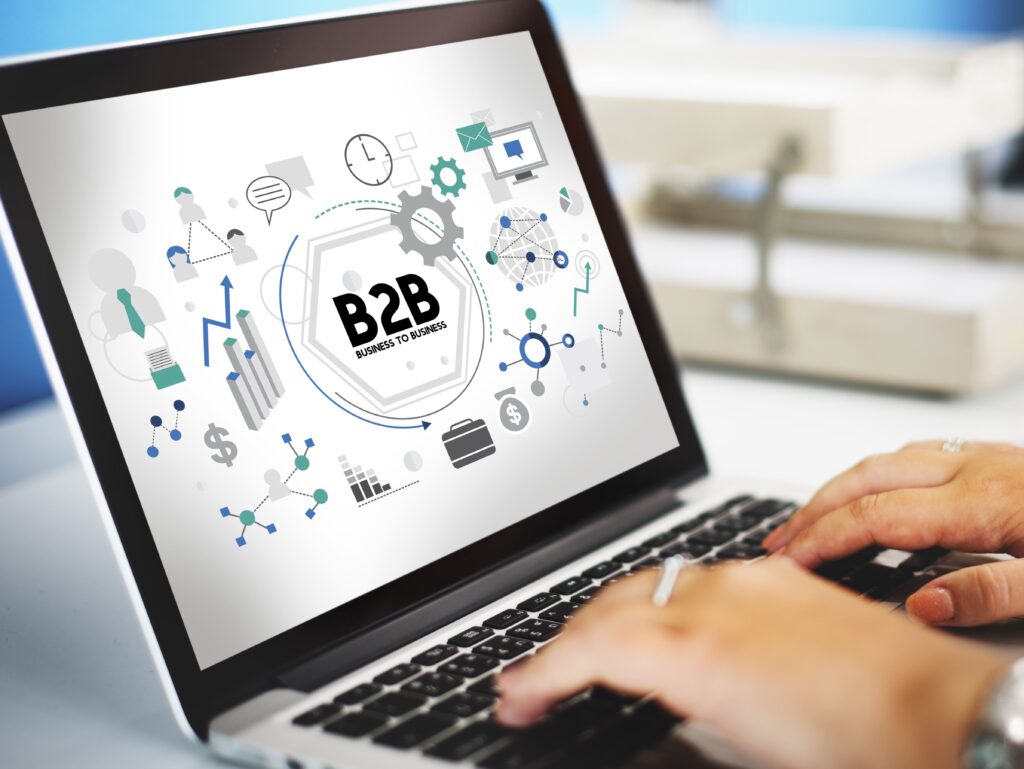The global ecommerce platform market is undergoing a remarkable transformation. A recent study projects that the market will grow at a compound annual growth rate (CAGR) of 12.7%, from $9,078.2 million in 2025 to $16,506.9 million by 2030. The rising adoption of D2C e-commerce, digital transformation, and the need for end-to-end e-commerce solutions across multiple industries are driving this change.
In this blog, we will be exploring the most recent findings and developments influencing the direction of e-commerce platforms. Here’s what every investor, marketer, and company leader should be aware of regarding this upgrade, ranging from supply chain tactics to regional prospects and B2B momentum.
Global Ecommerce Platform Market To Reach $16.5 Billion By 2030
The market for e-commerce platforms is rapidly expanding, driven by several macro and microtrends.
- Adoption of Omnichannel Commerce: To offer seamless experiences across online, mobile, and in-store channels, more retailers are implementing omnichannel ecommerce platforms.
- AI and Automation: Platforms that combine intelligent inventory management, automated merchandising, and AI-powered personalization are drawing in both B2B and B2C companies.
- Scalability Requirements: Scalable e-commerce platforms that facilitate international shipping and high transaction volumes are a top priority for both large and mid-sized businesses.
- Tools That Require Little or No Code: Smaller enterprises and non-technical entrepreneurs can now access the market thanks to the demand for drag-and-drop website builders and headless e-commerce solutions.
Why End-to-End Ecommerce Platforms Are Dominating The Market
The shift from modular tools to unified end-to-end ecommerce platforms is simplifying all aspects of business operations across the board.
- Centralized Management: Nowadays, brands favour systems that provide analytics, order tracking, payments, and product management all from a single dashboard.
- Integrated Marketing Tools: Email marketing, SEO, CRM integration, and even social commerce features are all included in the best platforms.
- Reduced Reliance on Third Parties: All-in-one e-commerce software is helping businesses cut expenses by reducing their reliance on external developers or plugins.
- Faster Go-to-Market: Plug-and-play payment systems, theme customization, and pre-built templates have made it easier to launch a store.
B2B Ecommerce Model: The Fastest-Growing Segment
Due to shifting buyer expectations and digital-first procurement models, the B2B e-commerce market is growing faster than the B2C market.
- Flexibility with Bulk Ordering and Pricing: B2B purchasers require the ability to manage wholesale orders, create custom invoices, and use tiered pricing, all of which are features of contemporary platforms.
- Self-service Portals: Customers now anticipate Amazon-like features, such as order history, real-time inventory, and quote requests.
- Complex Product Catalogues: In the present time, platforms support configurable products, provide SKU-level search, and have sophisticated filters, making them ideal for production and distribution.
- ERP and CRM Integration: More efficient backend operations are guaranteed by a smooth data sync between the ERP, CRM, and e-commerce systems.
How Ecommerce Platforms Are Powering Key Industries
Customized e-commerce solutions are being offered to various industries to meet their unique requirements.
- Fashion and Apparel: These platforms facilitate mobile-first shopping by offering virtual try-ons, size charts, style recommendations, and quick checkout.
- Electronics: Features that increase buyer trust and conversions include product comparison, extended warranty, and tech specs breakdown.
- Beauty and Wellness: Features like product bundling, personalized skincare quizzes, and subscription commerce serve very active communities.
- Home and Lifestyle: E-commerce sites are making it simpler to purchase expensive home goods online by incorporating augmented reality features and dynamic shipping calculators.
Asia Pacific Leads Ecommerce Growth With Digital Acceleration
Due to government-led digitization initiatives, urbanization, and mobile penetration, the Asia-Pacific e-commerce market is expanding rapidly.
- Mobile-first Economies: Thanks to inexpensive smartphones and data, mobile commerce is booming in nations like Vietnam, Indonesia, and India.
- Cross-border E-commerce: With multi-currency support and international shipping integrations, platforms are assisting local businesses in meeting demand worldwide.
- Government Initiatives: Rural and semi-urban markets are adopting platforms more quickly thanks to programs that support SME digital transformation.
- Integration Of Social Commerce: In Asia, platforms that facilitate sales through Instagram, WeChat, and WhatsApp are rapidly expanding.
Impact Of US Tariffs: Rethinking Ecommerce Supply Chains
Recent geopolitical unrest and US-China tariffs are pushing e-commerce companies to reconsider their fulfilment and sourcing plans.
- Manufacturing Diversification: To avoid high taxes, brands are turning to nearshoring or sourcing from Latin America and Southeast Asia.
- Decentralization of Inventories: Platforms now facilitate multi-warehouse logistics, enabling companies to stock and ship from locations nearer to demand centres.
- Customs and Compliance Features: To make international shipping easier, some platforms provide duty calculators, HS code matching, and automated customs forms.
- Sturdy Shipping Networks: Integrated solutions for processing returns, tracking shipments in real time, and integrating 3PLs are increasingly important differentiators.
Top Ecommerce Platform Providers Driving Innovation
Due to their inventiveness and user-centred design, a select few leaders in the crowded e-commerce platform ecosystem stand out.
- Shopify: Renowned for its extensive app store, user-friendliness, and support for direct-to-consumer brands.
- BigCommerce: Well-known for its open SaaS flexibility, headless commerce, and B2B features.
- Magento (Adobe Commerce): Because of its robust APIs, multi-store architecture, and customization capabilities, Magento (Adobe Commerce) is favoured by enterprise brands.
- Wix and Squarespace: Due to their integrated e-commerce and user-friendly design tools, Wix and Squarespace are becoming more and more popular among SMBs and solopreneurs.
- Salesforce Commerce Cloud: This is an enterprise-ready platform with omnichannel orchestration, customer journey mapping, and AI-driven recommendations.
Final Thoughts: Leverage This $16.5 Billion Opportunity With MetroMax BPM
With rapidly expanding ecommerce platforms, the need for integrated ecommerce solutions is only going to increase as more consumers shop online and companies search for more efficient ways to run their operations.
We at MetroMax BPM assist companies in:
- Picking the best e-commerce platform based on your goals and size.
- Creating and overseeing multi-channel retail outlets.
- Combining analytics, CRM, payments, and logistics.
- Developing plans for supply chain resilience and global expansion.
The time has come to take action if you intend to start, grow, or enhance your e-commerce company in the ever-expanding e-commerce platforms.














